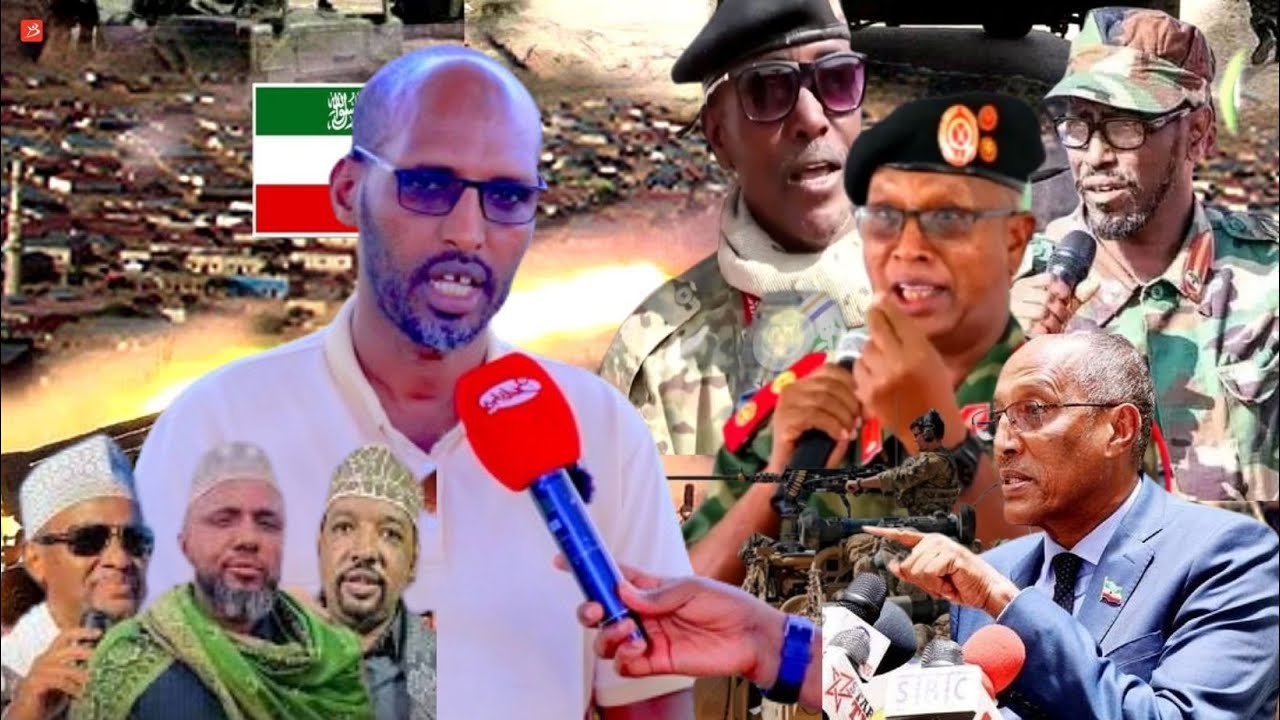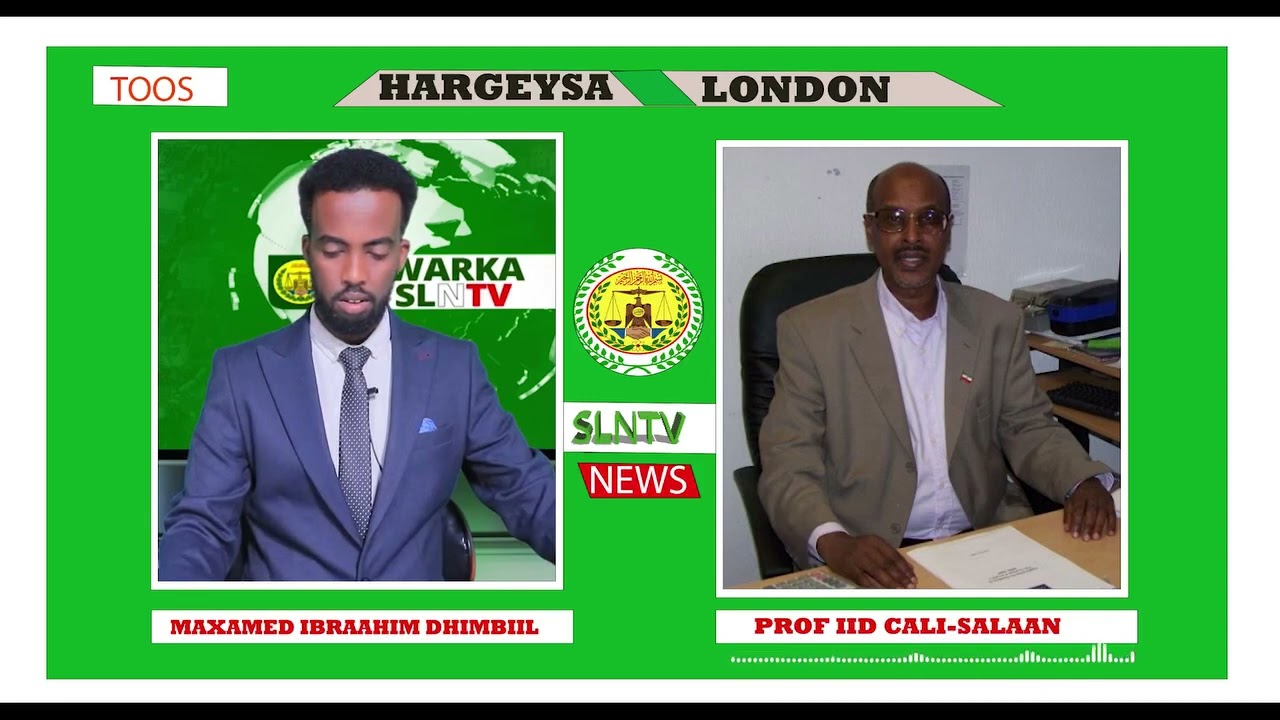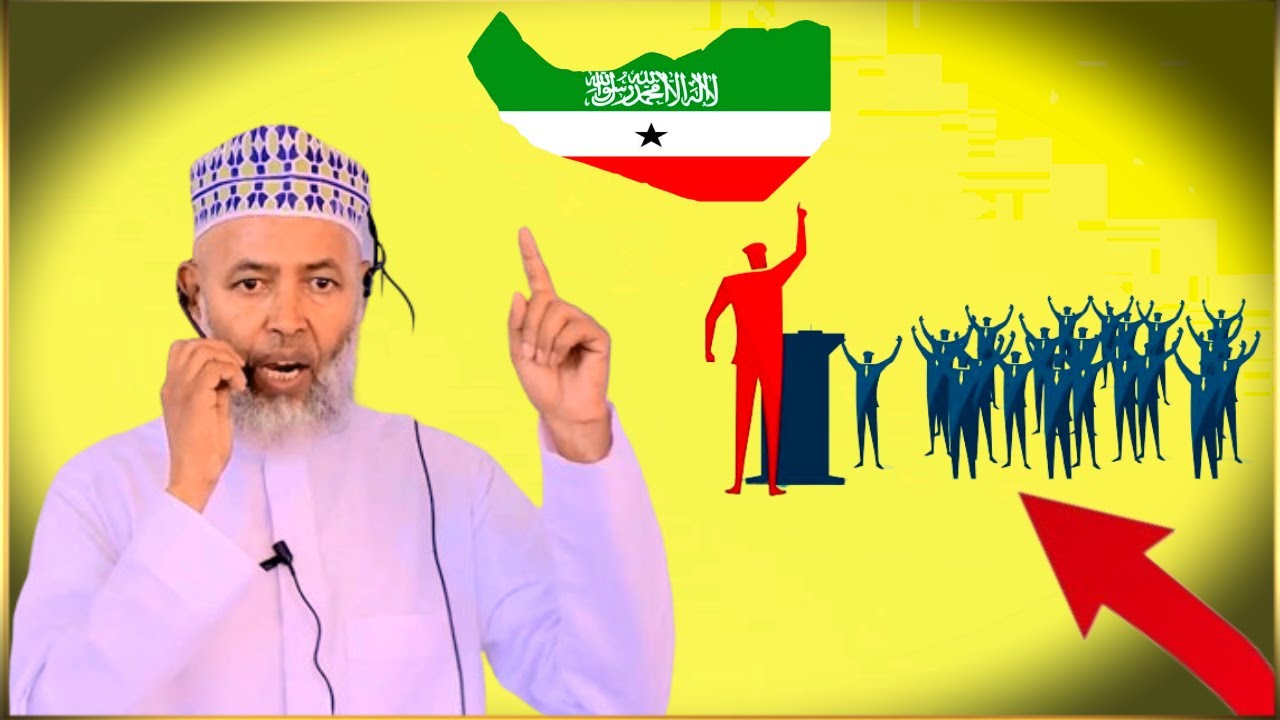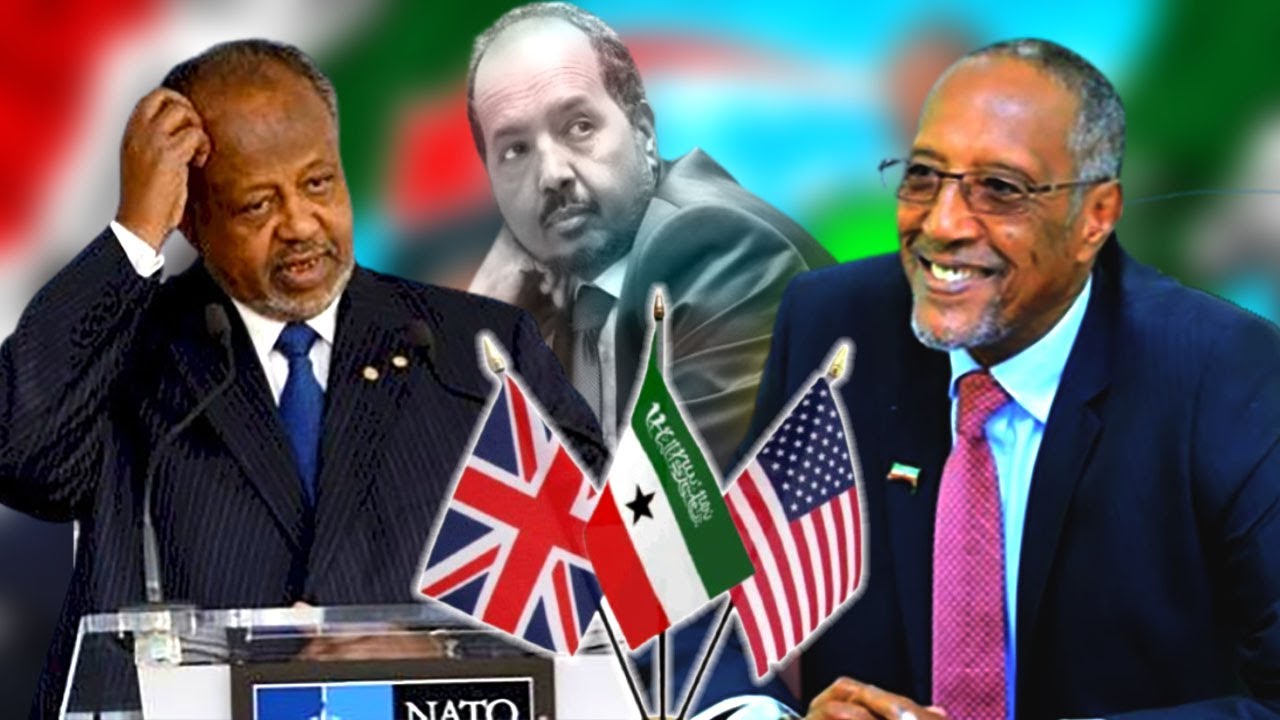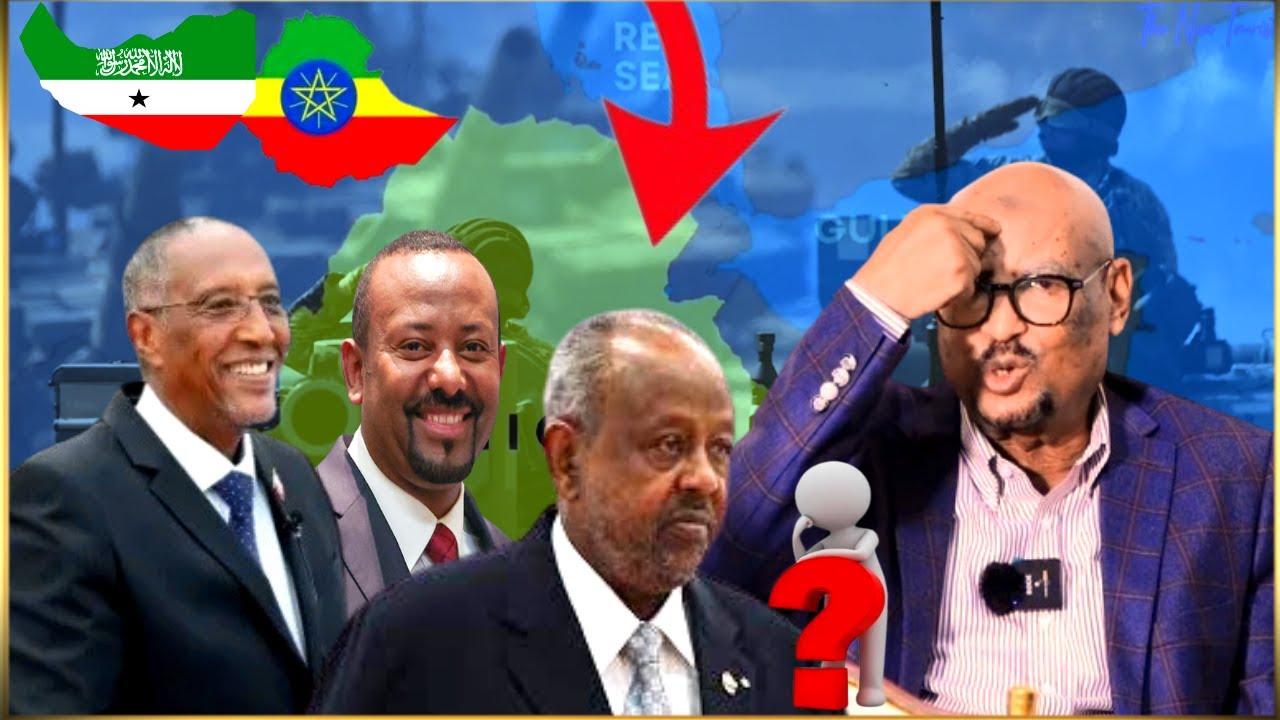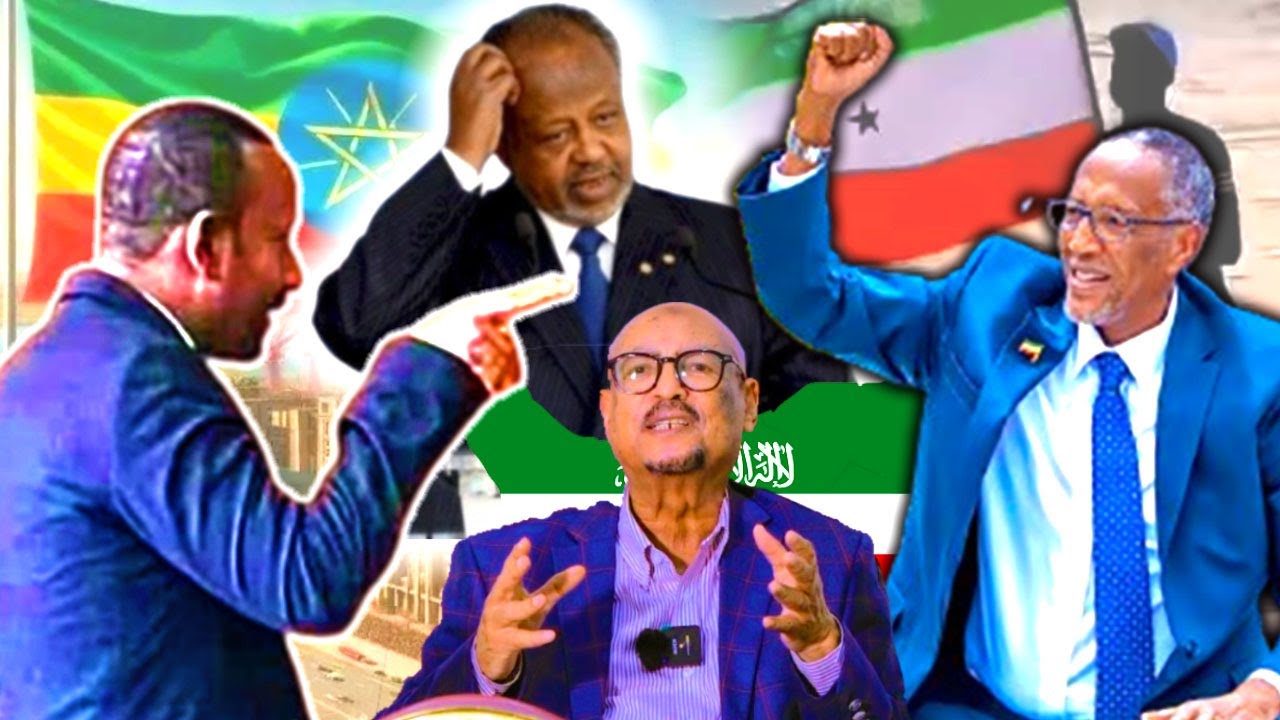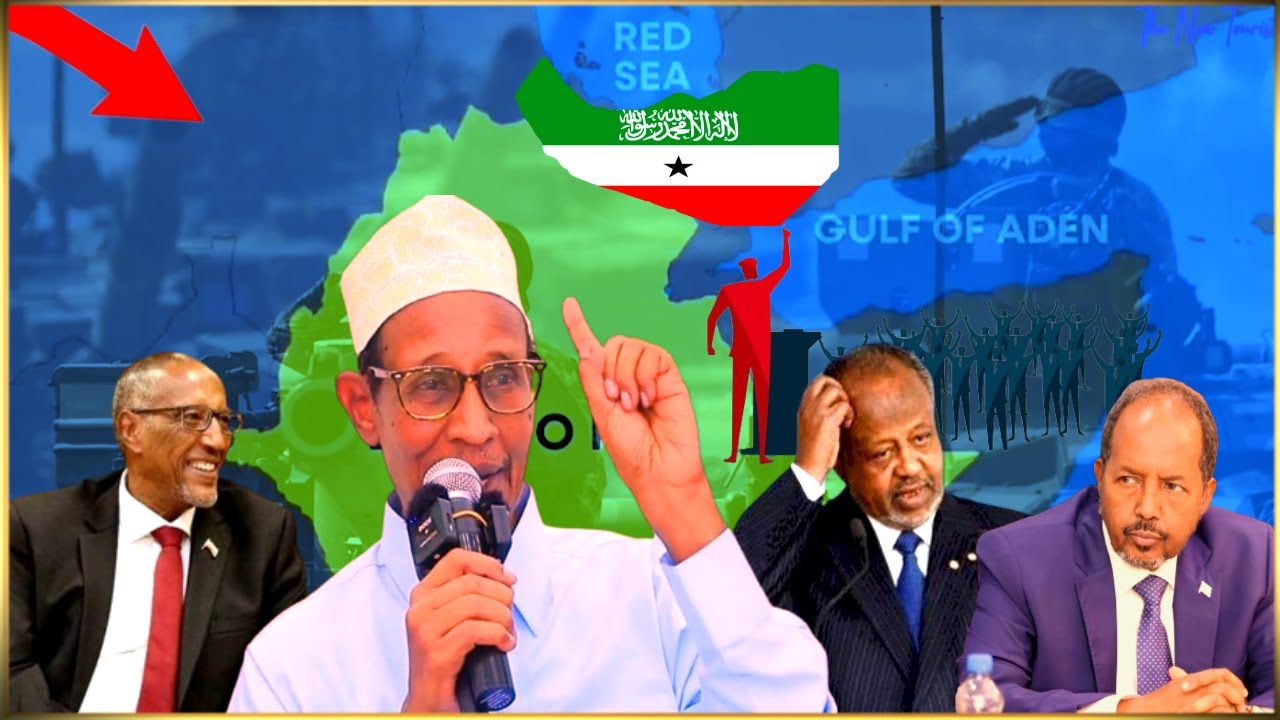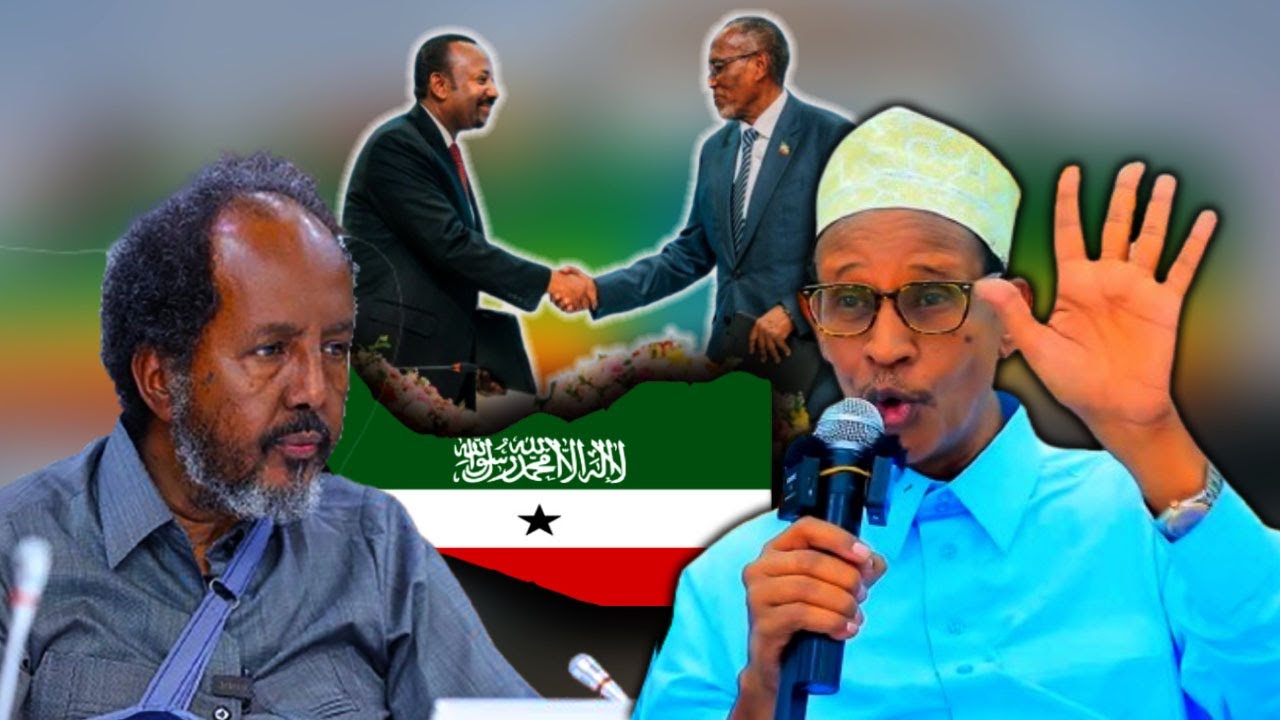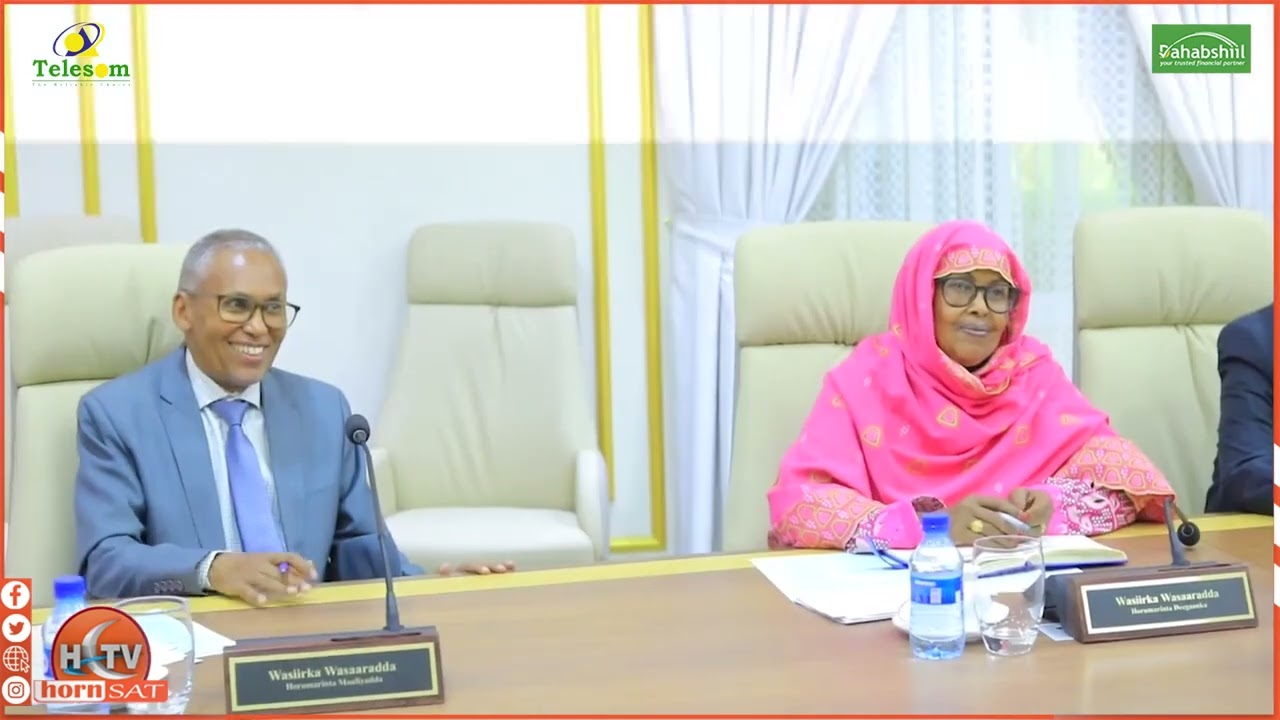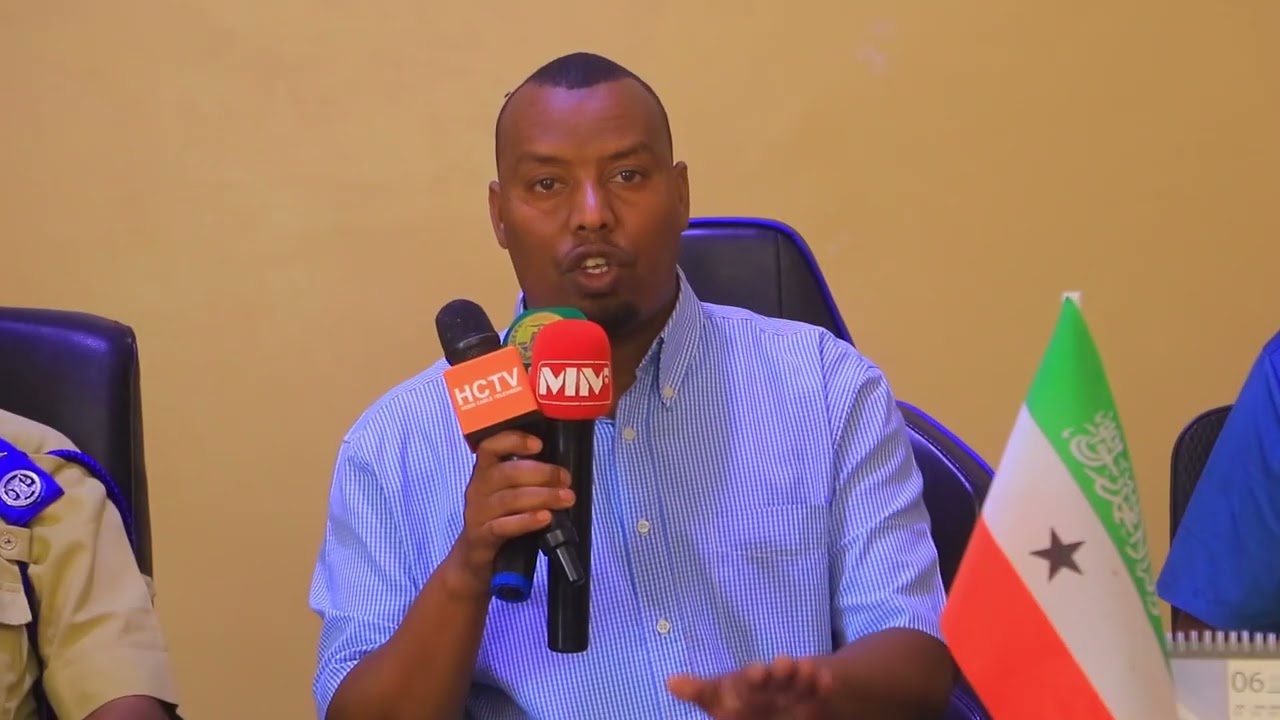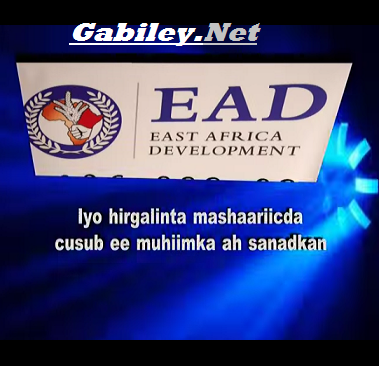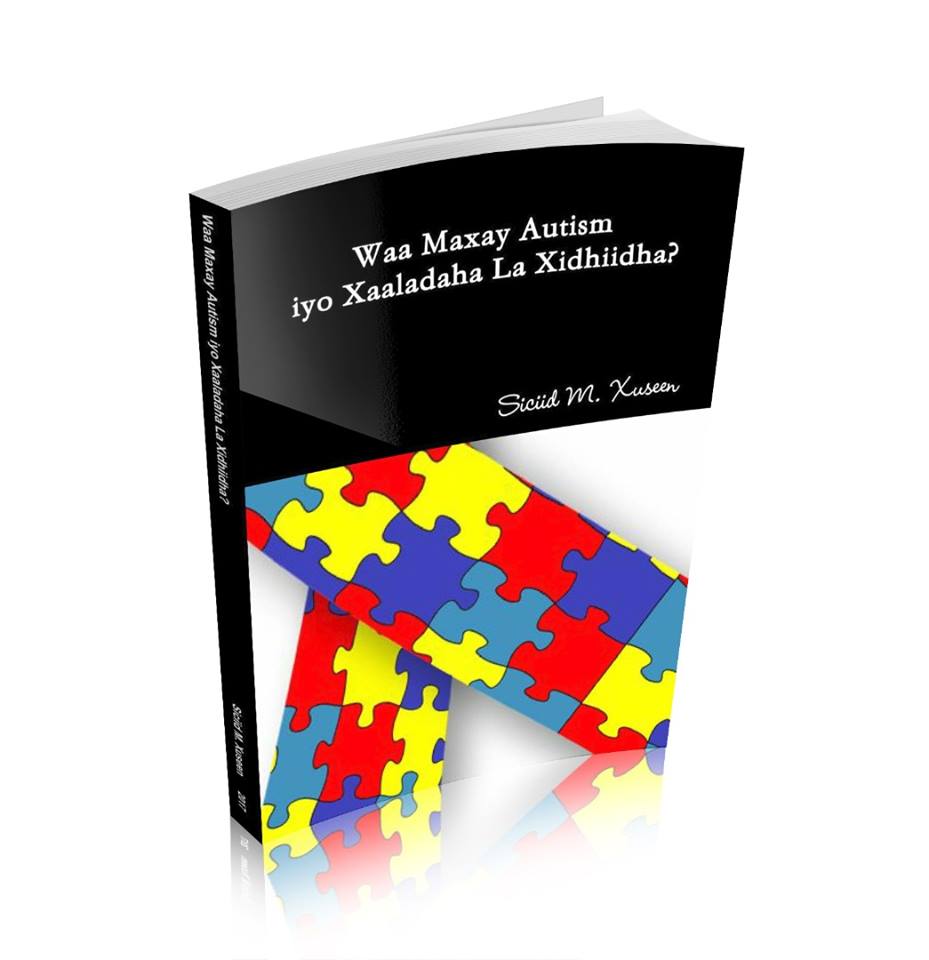Located in the northeastern part of Somalia, Somaliland declared independence on May 18,
1991. No other country has officially recognized Somaliland’s independence, so the region has focused on creating the infrastructure needed for sovereignty and recognition as a member of the international community. It has a government elected by the people it represents—numbering about 3.5 million—with its own public and foreign policy. It has its own currency, a functionally trained military and police, and control over its territory. The next elections were originally planned for this March, but have been postponed until summer 2017 due to a drought, as both the government and the opposition parties decided to focus on relief for those affected. Bridget Coggins, an associate professor of political science at UC Santa Barbara, stated in an email interview, “I am willing to stipulate that, within Somaliland, the basic legal prerequisites of statehood have been met. These facts are fairly unambiguous and have been for a number of years. The law suggests that recognition should follow.” Even though Somaliland ticks the boxes of statehood, it is not recognized as a state. With potential for the new U.S. administration to be sympathetic to Somaliland’s appeals for recognition, however, this could be an opportunity for the country to clear the impediments that have kept it from joining the international community.
The biggest obstacle to recognition is the international community’s desire to maintain existing territorial boundaries. Since the borders were drawn by European colonial powers, the African map has had just two major changes: the separation of Eritrea from Ethiopia and South Sudan from Sudan. Many countries and international organizations, especially the African Union, believe that recognizing Somaliland would open a Pandora’s box for other regions seeking autonomy, and that the only way for Somaliland to get its independence is with Somalia’s assent. Coggins, however, disagrees with the African Union’s notion that recognizing Somaliland can create a precedent for other secessionist cases. She told me, “Both sub-Saharan Africa and the MENA [Middle East and North Africa] region rarely see newly independent states and yet, they both have a number of ongoing secessionist demands. The track record of failure for these movements has not stopped their demands. Nor have the few successful attempts, such as Eritrea or South Sudan, inspired new waves [of] demands.”
Another hurdle is that many leaders around the world don’t have any incentive to recognize Somaliland. As Somaliland is not currently consumed by conflict, it doesn’t claim the world’s attention. Coggins described this conundrum, “Unfortunately, crisis and disorder draw the world’s attention and resources. Somaliland is certainly not perfectly governed, few places are, but its relative stability and legitimate internal authority make it easy for those outside to ignore.” Those who are more familiar with Somaliland are afraid recognizing the region might reignite old tensions within the country between those who want independence and those who do not, risking the resumption of hostilities in this peaceful part of Somalia. They see South Sudan as an example of a country that remains unstable even after receiving independence from Sudan. As this is only one of two previous cases after decolonization of states gaining independence in Africa, however, relying on those examples alone is not reliable. Furthermore, Somaliland is different in that even though it lacks global recognition, it has functioned as an independent state since 1991.
Written : By Abrahman Zaied Farah (Jeesto).
Dilomatic Annalysis
Gabiley/Somaliland.




